How Do I Fix My Painful Bunions!?
Bunions
A bunion or Hallux Abducto Valgus (HAV) is a deformity of both the big toe and the long bone connected to it, the 1st metatarsal. What creates the deformity, the “bunion”, is when the first metatarsal starts to move out of alignment, gradually shifting inwards (away from the foot) as the big toe shifts in the opposite direction (towards the smaller toes). This deformity results in discomfort and pain, abnormal mechanics of the foot, osteoarthritis and in severe cases surgery.
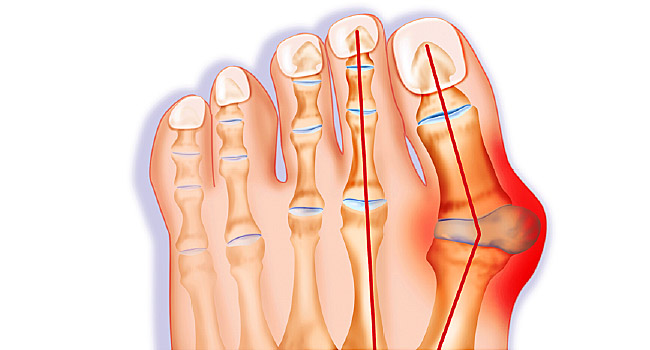
“One in three older adults suffers from bunions, with a whopping 56% of people over 80 years suffering the deformity!”
Bunions are considered familial, meaning if one of your parents or grandparents have them, chances are you may develop them also. Actually, something you’ll hear a podiatrist saying regularly is that you can use your parents feet as a guide as to what yours will turn out like.
Traditionally it was thought poor footwear was the cause of bunions. But – there is conflicting research that asserts poor footwear alone does not cause bunions. In saying that, if you are predisposed to inheriting bunions, wearing poor footwear such as elevated heels with no support and restricted toe space surely does not help.
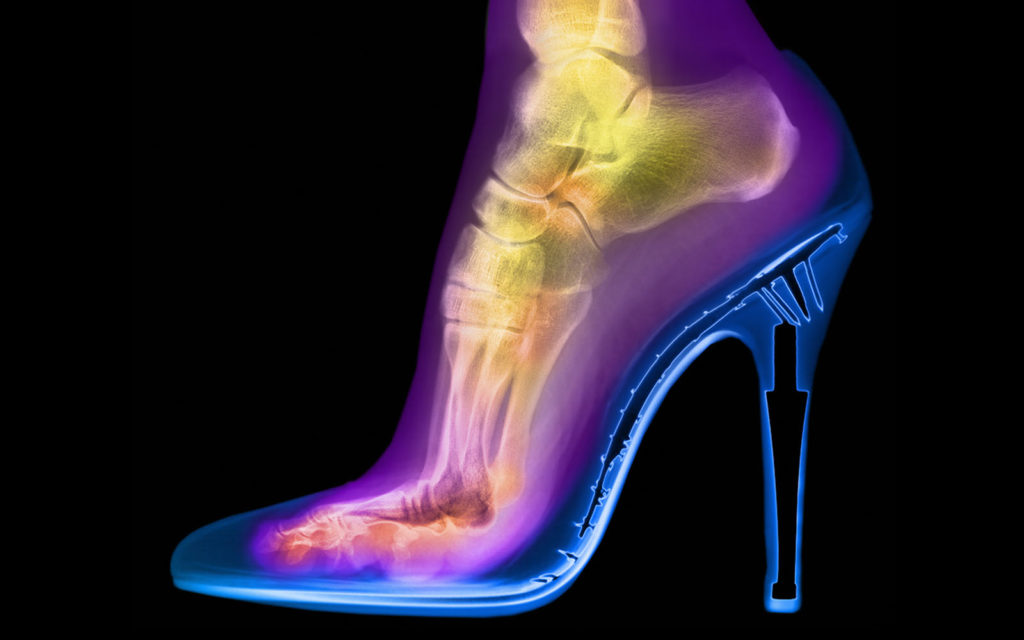
Due to changes that occur in the foot with bunions, people that suffer from bunions are also more likely to experience pain in other parts of their body, like the knee, hip, and lower back. In long-term or severe cases these changes can result in people developing osteoarthritis and even requiring surgery. Subsequently, as you can imagine this can have quite a detrimental effect on quality of life. Not only quality of life but all-round health; physical, financial and mental and as bunions get worse, so do the problems associated with them.
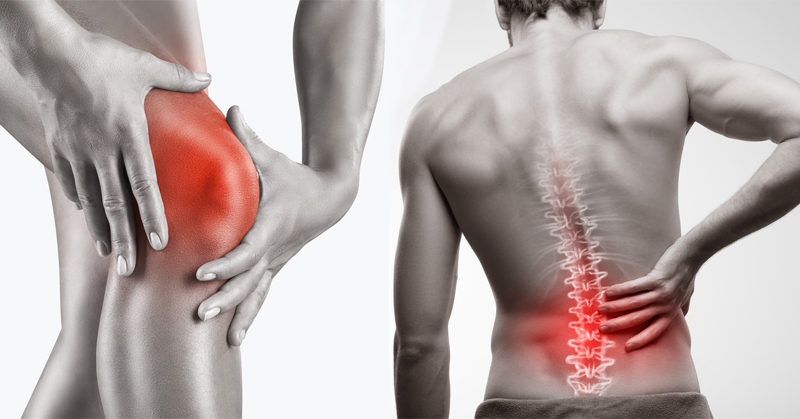 As bunions progress, they can result in toe deformities such as hammertoes, crossover toes, clawed digits, callus and corns. They can be a main cause or forefoot pain, general instability, an increased risks of falls and even result in ugly shoes!
As bunions progress, they can result in toe deformities such as hammertoes, crossover toes, clawed digits, callus and corns. They can be a main cause or forefoot pain, general instability, an increased risks of falls and even result in ugly shoes!
However that being said, it is not all doom and gloom. There are things you can do to reduce and even eliminate the pain associated with bunions. There are conservative measures that can be made to slow down the rate of progression, to help improve function and reduce further degeneration. You aren’t necessarily doomed to a life of hobbit feet…
Who gets bunions than, will I develop one?
Unfortunately, bunions are around twice as common in women then they are in men. The rates of bunions also increase with the number of trips around the sun you have had. The older you are, the higher the likelihood of suffering bunions. As previously mentioned, studies have shown around 28% of people ages 50 to 59 have reported having bunions, with roughly 56% of people over age 80 affected. In saying that, bunions can affect all people of almost all ages.
The studies have shown there is a huge familial component, if neither your parents or grandparents have bunions and your feet do not have that classic bump at the big toe joint, chances are you’ll be pretty safe.
How to stay a step ahead of bunions?
So it was mentioned earlier that there are conservative things that can be done to prevent a bunion from getting
worse. It isn’t 1990 anymore, most people have seen all kinds of splints and padding available to buy online. Some gadgets look like med-evil torture devices to put between your toes and around your feet “Sleep and stretch your foot.”, “Wake up without bunions”.
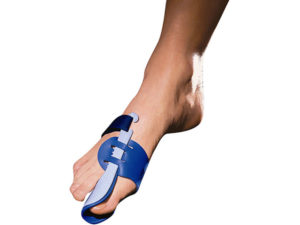
Take it as you will but bunions do not occur while you are sleeping. They are a chronic and progressive issue that develop over time. Usually they are resultant of a ligamentous laxity throughout the foot, a laxity that allows for an abnormal or improper movement of joints and bones throughout gait (while walking). Then the first metatarsal moves medially and the big toe (due to muscular attachment) drifts over towards the smaller toes.
It is for the muscular component that those med-evil stretching devices and people claiming they can correct bunions through mobilisation and stretching techniques make the claims they do. But don’t be fooled, the drifting toe is not the bunion. Treatments that only address the drifting toe, do not address the bunion. Nor do they address the structural changes that come hand in hand (or foot in foot… [sorry couldn’t help it]) with them.
To be contradicting, there are instances where having a wedge between the first and second toe can actually help improve the alignment of the joint and reduce pain in that specific area. Our podiatrists can custom make wedges, molded specifically to your toes, to realign and improve joint function.
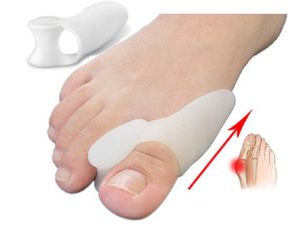
“Appropriate footwear is a biggy.”
Reducing heel height, increasing toe space, having appropriate support and a nice firm sole, proper fixation, these are all things that can help. It may sound simple but even correct shoe fitting is something that not every person has. Sometimes people value aesthetics over comfort or have just never been fitted properly.
Strength and conditioning is something important to consider:
- What is the condition of the smaller muscles under your arch?
- What are the muscles in your lower legs working like?
- How much movement is there through the joints in your feet? Is it rigid? Flexible?
- How is your ankle joint range of motion? Have you got tight calves?
Another thing to consider is; would you benefit from orthotic intervention to slow down the rate at which your bunions will progress? To improve your knee alignment? To help with your lower back?
And then there is the big one:
“When do I need surgery?”
As the bunion progresses, it gets harder and harder to achieve optimal outcomes via surgery. Surgical correction typically involves cutting and moving, pinning and even screwing when warranted. Some people have phenomenal results and never look back. However, surgery does not always fix things completely and in some instances the bunions can return.
There are studies that demonstrate up to 15% of people will still experience discomfort following surgery. Moderate proportion of them saying they still have trouble getting footwear they like after surgery.
There is a lot to consider when addressing bunions. It really depends on the presentation and history of the individual. At what stage is yours and what are the most appropriate steps forward for you? Almost every bunion is different and so the advice varies between people.
If you or someone you love are suffering bunions and are a little confused as to how to move forward, come and speak to one of our expert podiatrists at Podiatry First and find out first hand (or foot) what the best advise for you is.
Leave a reply



This blog is very informative and also very helpful, try also visit this link https://calgarypodiatry.ca/ to have more ideas on foot problem and expert podiatrist advices.
Reply